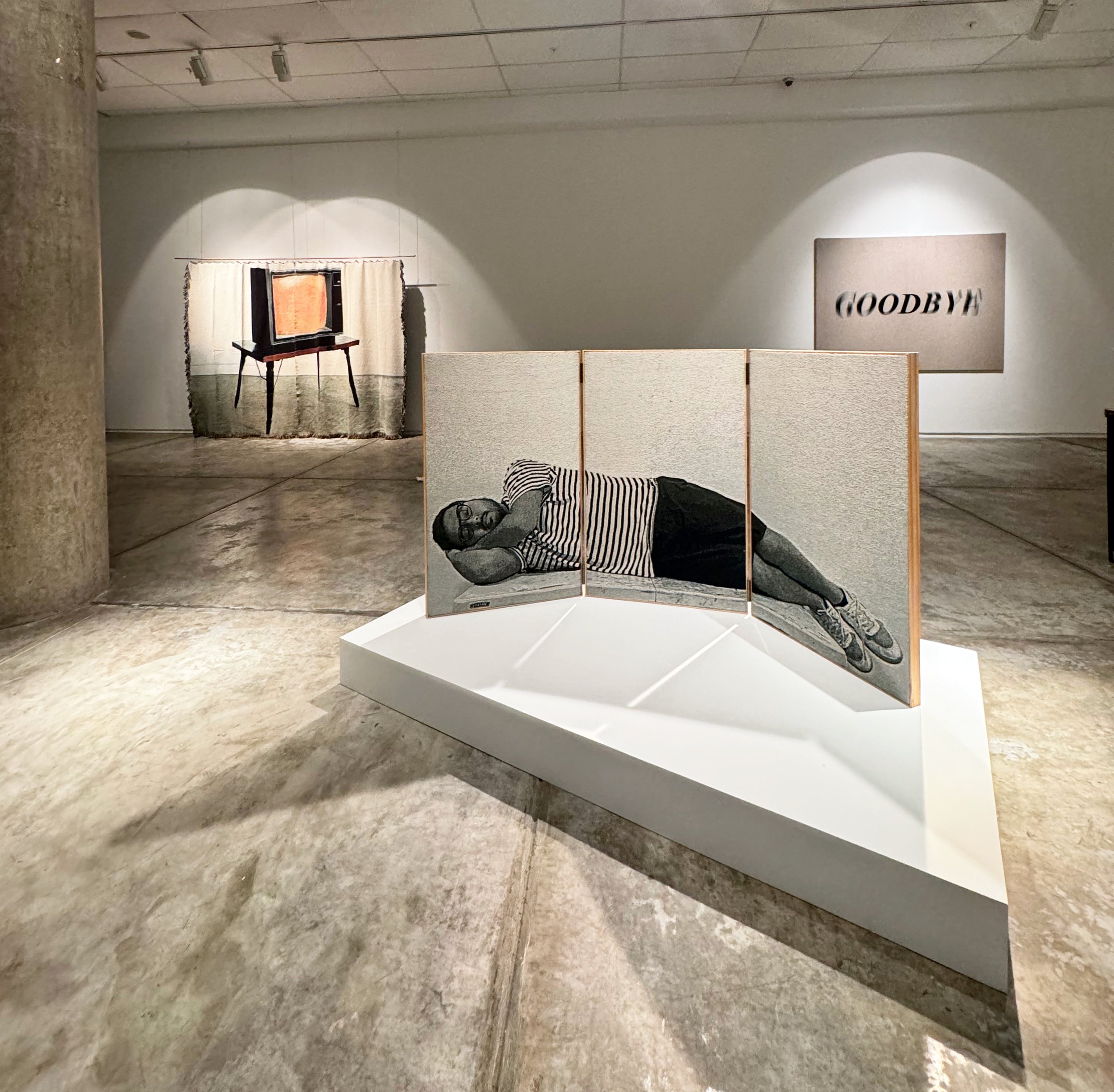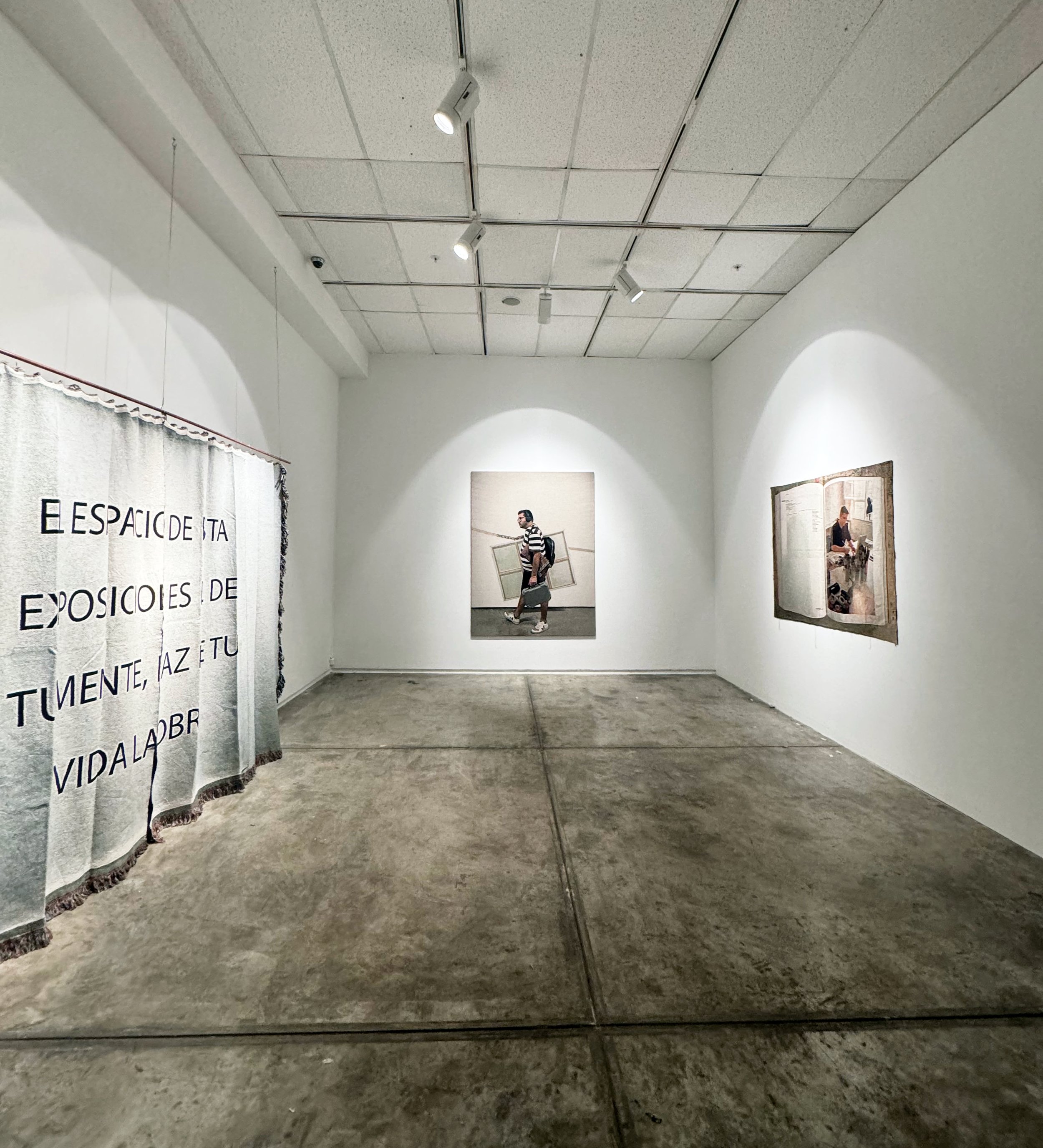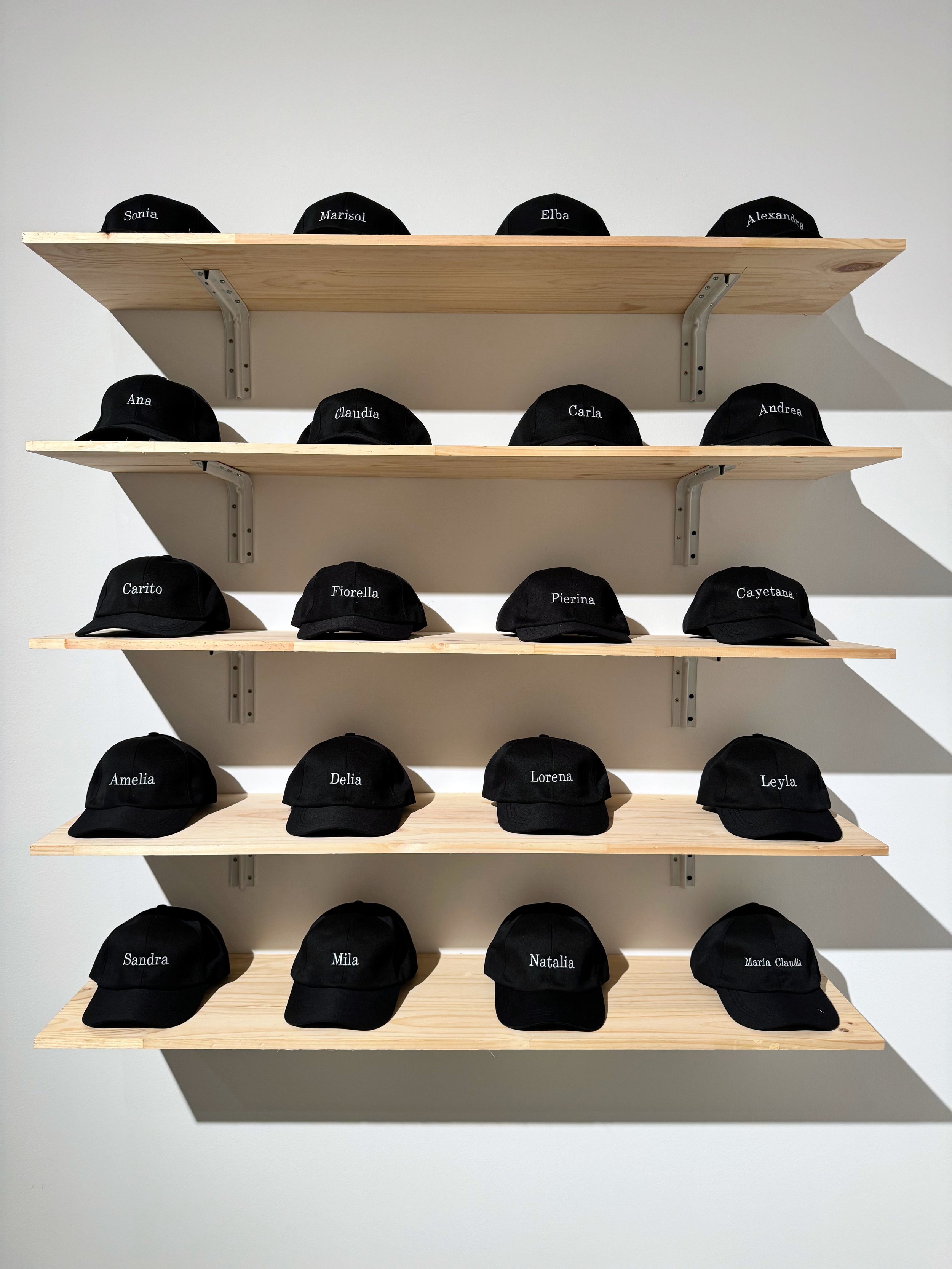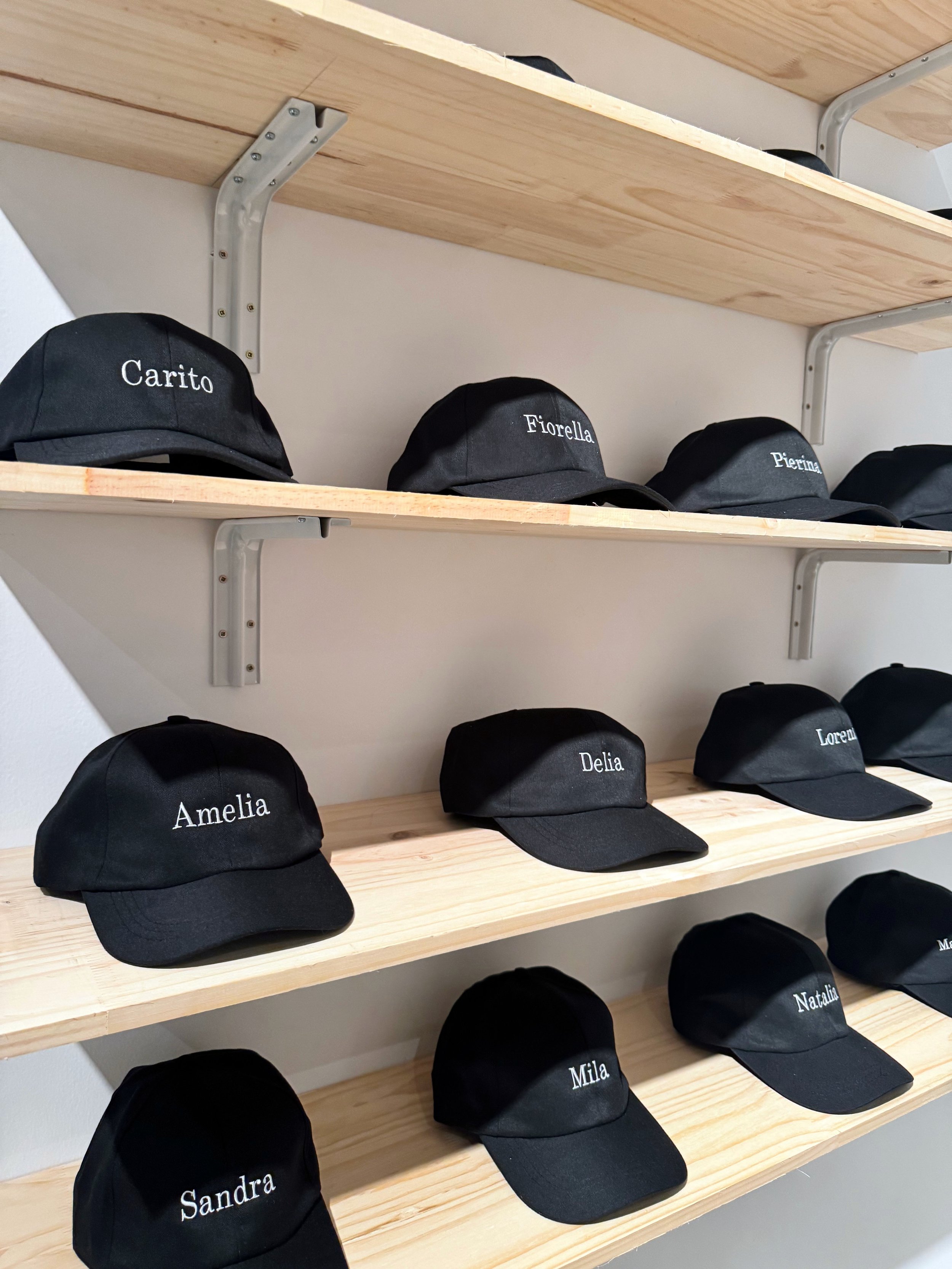Ways of disappearing
Exhibition of Gonzalo Hernández at ICPNA, (Lima, Perú), curated by Máx Hernández Calvo.
Opening: Friday March 14th, 12 m, ICPNA-San Miguel until April 27th, 2024
Ways of Disappearing, a solo exhibition by Gonzalo Hernandez (Lima, 1991) at the Instituto Cultural Peruano Norteamericano (ICPNA) located in Lima, the Peruvian capital, curated by Max Hernandez Calvo. Hernandez revisits the paths of several contemporary Peruvian artists, such as Gloria Gomez-Sanchez and Ivan Esquivel Naito, to continue to tighten his conceptualization of the future of an artistic career, that is, its continuity or its "way of disappearing". Giving continuity to a debate on success and failure in the field of art between Gonzalo Hernandez and Max Hernandez Calvo is more than 10 years old, the exhibition proposes a meta-reflexive framework of the intellectual field, making use of the effective procedure of distancing that enables appropriation and its corresponding historical-artistic re-elaboration.
Ways of Disappearing, by Max Hernández Calvo
Beyond its philo-mystical obfuscations and the glamour of its red-carpet events, the art world is a field of work. Starting from that premise, Gonzalo Hernandez raises the question of the sustainability of a career in the arts, taking some examples of Peruvian artists of great critical relevance who, nevertheless, decided to retire from the art world. What motivates an artist, not to produce art, but to continue producing it, to insist on a creative career that, as his long-standing research on success and failure in the art world suggests, has no endpoint, but rather is a never-ending journey? The "ways of disappearing" that Hernández rounds reveal that the hidden face of success is not failure, but "burnout", the syndrome of professional burnout that, in the field of art, has the particularity of not being associated with an externally imposed workload, nor the tedium of routine work in an office, nor to the physical exhaustion typical of the tasks in a factory.
The work Video Success (2023) operates as a framework for the project: a recording of an interview the artist made with me about success in the field of art, taking up a conversation we had on the same subject a decade ago, where the continuity of the question hides the question of continuity. This question runs through the show and is especially apparent in the art-historical examples it examines. One is that of Gloria Gómez-Sánchez, one of the most celebrated artists of the 1960s avant-garde who, after her 1970 exhibition, left the art field. In Gloria Gómez-Sánchez Hernández reproduces the emblematic work Untitled (1970) in which the avant-garde artist invited the public to make her own life her work, hinting at the "exchange of aesthetics for ethics" that would lead her to stop exhibiting. By giving it another condition (from dematerialized art to a piece of work) and another status (from mystic-conceptualist statement to art-historical referent), Hernández makes Gómez-Sánchez's message while at the same time distancing herself from it. The text becomes an image, his message becomes an archive, and his invitation becomes history. Iván Esquivel Naito is another of the figures addressed. Esquivel, an outstanding artist with an important conceptual work developed in video and installation, disappeared from the art world in the mid-2000s, at the height of his career. Hernandez reproduces Esquivel's installation TV/Set video (2003) (in the MALI collection), one of the last known works by this artist who, together with Fernando Bryce, Gilda Mantilla, and Sandra Gamarra, formed the "4 cardinal points" of contemporary Peruvian art projected into the future, as reflected in that important series of solo exhibitions at the Sala Luis Miro Quesada Garland in 2001. Hernandez thus leaves open the question of Esquivel's production and potential career (let's take into account that the other three cardinal points have participated in the Venice Biennial, a milestone in an international artistic career). In another work, he asks about Esquivel, whom the artist tried to contact, unsuccessfully. In a way, by iconographing the little-known installation by Esquivel -who for a couple of years was left out of the supposed "boom" of Peruvian contemporary art- it becomes clear what that process left out: non-careerist ways of being an artist and producing art that, paradoxically, enabled that process in the first place. Hernandez seems to place himself at that same crossroads in a series of works that speak of everything that is part of his life, impacting on the never-ending artistic "road to success" (be it commercial, critical, institutional, etc.). Untitled (2024) consists of caps embroidered with the names of teachers and friends who influenced his life and career decisions, while Self-Portrait with Cayetana and Self-Portrait with Cayetana 2 (both 2024) show the artist with his young daughter. Being a highly mechanized material production (Jacquard weaving, computerized embroidery), it presupposes the differentiation between the physical labor of production and the conceptual work of design, thus pointing to the underlying conditions of the production, circulation, and consumption of works of art.
In that sense, the question posed here is about the sustainability of an artistic career, especially in a precarious system like ours that depends fundamentally on the market (unlike what happens in other latitudes). This translates not only into financial instability and lack of job security for artists (after all, the market is small), but also in the implicit limits to artistic experimentations that fall outside the market's radar or that move away from its aesthetic, thematic, material or technical preferences: some of the many "ways to disappear".
At its core, Ways of Disappearing is a plea by Gonzalo Hernández in favor of another kind of pact for our art system, one that does not condemn so many people who vitally bet on art to disappear.
Exhibition catalog ICPNA




